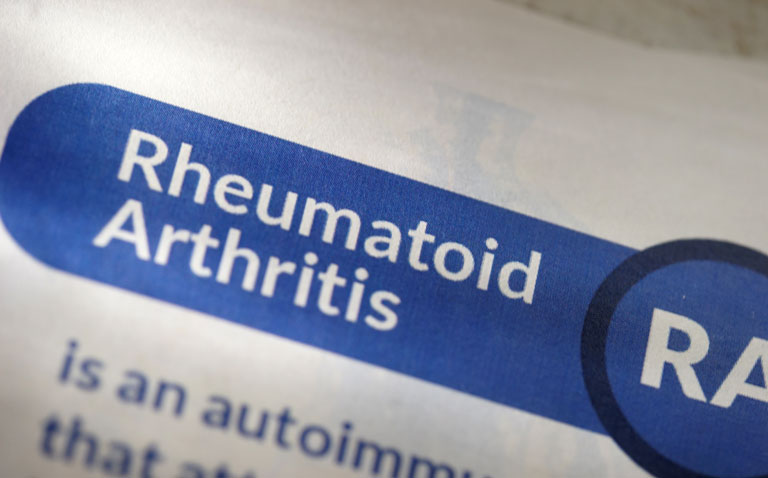Following patients with rheumatoid arthritis (RA) over a 5-year period revealed that over a third continued to experience unacceptable pain.
Rheumatoid arthritis (RA) is an autoimmune disease that causes joint inflammation, pain, stiffness and destruction of articulator bone and cartilage that affects around 51/10,000 people. Treatment involves the use disease-modifying anti-rheumatic agents (DMARDs) but despite this, evidence suggests that patients continue to experience activity limitations and pain, despite reduced levels of inflammation. The persistence of pain has a negative impact on quality of life and leads to fatigue. In fact, it has been suggested that the extent of pain identified by patients at the point of diagnosis can predict the level of fatigue subsequently reported. Hence, a better understanding of the potential predictors of pain early in the disease course, could enable better targeting of pain interventions. In trying to identify the predictors of pain, a team from the Department of Clinical Sciences, Malmo, Lund University, Sweden, turned to data on an inception cohort of patients with RA, recruited between 1995 and 2005, who had been diagnosed with the condition for less than 12 months. A structured examination and data collection programme occurred at inception and then after 6 months, 1, 2 and 5 years. There was no specific treatment protocol and patients were all managed according to standard care. Patient reported outcomes and disease activity measures were collected at each follow-up visit and pain was assessed using a visual analogue scale (VAS), ranging from 0 to 100, with higher scores indicating more severe pain. In addition, a patient global assessment of disease activity (PGA) was included as were measures of swollen joint counts and various biological measures e.g., anti-CCP antibodies. For the purposes of the study, unacceptable pain was defined as a VAS scores > 40.
Findings
In total, 232 patients with early rheumatoid arthritis with a mean age of 60.5 years (70.3% female) were included in the analysis but only 179 attended the 5-year follow-up appointment. At inception, the mean VAS pain score was 41.2 and reduced to 32.3 at the first 6-month appointment but remained unchanged during the next five years. The proportion of patients with unacceptable pain scores at inception was 49.1% although this decreased to 30.1% during the first year. However, as with mean VAS scores, the proportion of patients with unacceptable pain did not alter over time. At the two-year follow-up, significant predictors of unacceptable pain included female sex (odds ratio, OR = 2.57, 95% CI 1.27–5.33) and VAS pain scores (OR = 1.56). After 5 years, 34.1% of patients still had unacceptable pain and significant predictors included lower swollen joint counts (OR = 0.71) and anti-CCP antibodies (OR = 0.50).
The authors noted that while RA patients had low inflammatory activity, a third continued to experience pain 5 years later. They concluded that future studies should focus on how to optimise pain management at an early disease stage because this was associated with a great burden over time.
Citation
Eberhard A et al. Predictors of unacceptable pain with and without low inflammation over 5 years in early rheumatoid arthritis — an inception cohort study. Arthritis Res Ther 2021










